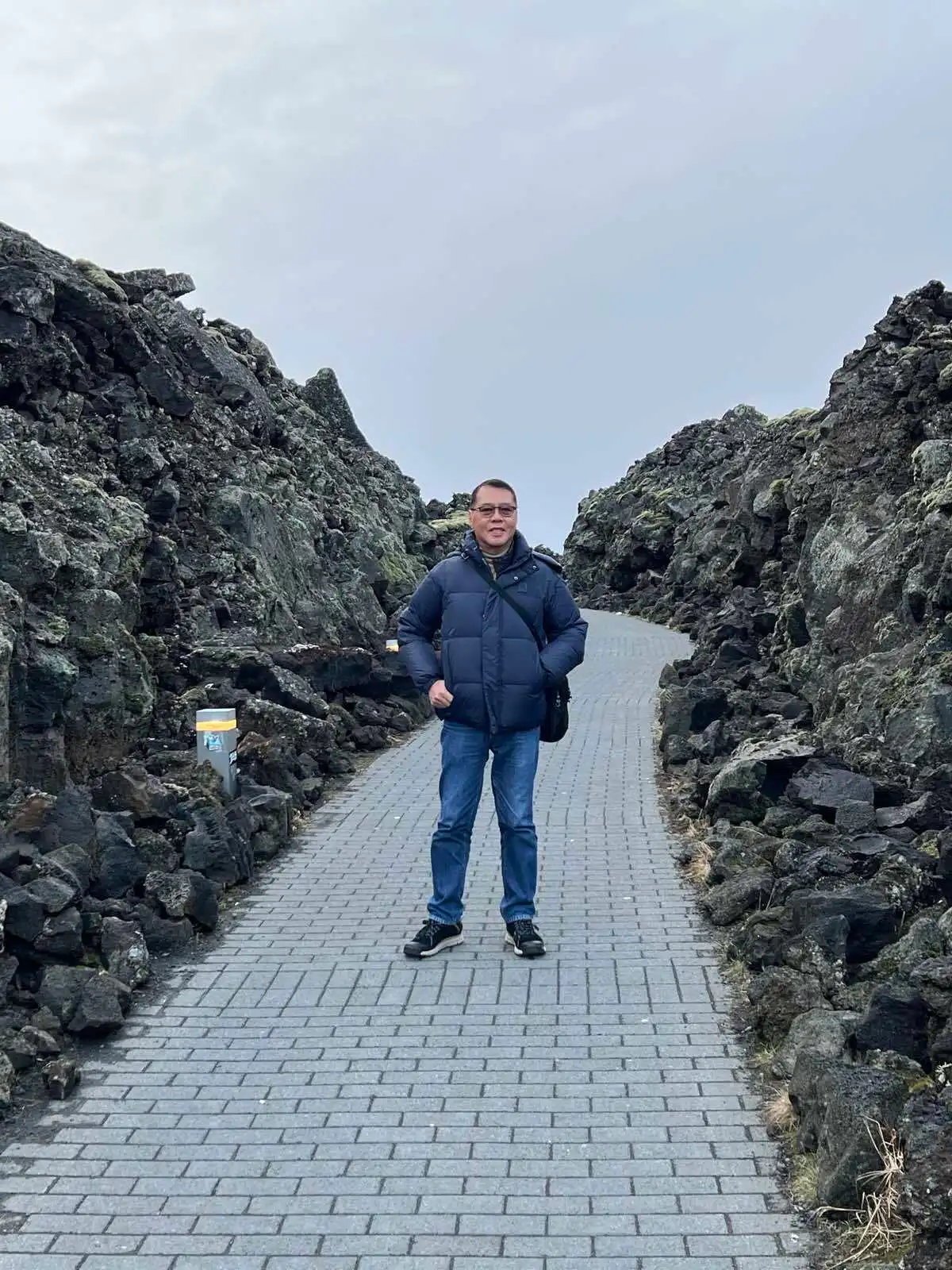The Blue Lagoon and the Iceland’s Fiery Fury
By Mike Lucas, Marketing and Sales Operations Supervisor
Geospectrum Marketing Services | March 22, 2024
READ TIME: 5 MINUTES
A volcano in Iceland is erupting for the fourth time in 3 months. But what
happened to the Blue Lagoon, Iceland's top tourist destination nearest to the said volcano?
On Saturday evening, March 16, 2024, an Icelandic volcano erupted for the fourth instance within
three months. Situated a few kilometers northeast of Grindavik, a coastal town with a population of
3,800, the eruption occurred about 50 kilometers southwest of Iceland's capital, Reykjavik. The area
had been evacuated before the initial eruption in December. Several residents who had returned to
their homes were evacuated once again on Saturday.
You may be wondering what has happened to Blue Lagoon, Iceland's top tourist destination,
located
near the recent volcanic eruption.

The iconic milky blue water geothermal spa of Blue Lagoon as photographed by our General Manager, Mr. Virgilio Santos
Our General Manager, Mr. Santos visited Blue Lagoon last February 28 and he was lucky to see the beauty of the resort and dip in the remarkable healing qualities of the azure waters before its closure due to the volcanic eruption. The Blue Lagoon is considered to have notable regenerative qualities because the water is rich in silica and sulfur stability and structural health, and in formulating timely and appropriate business decisions.

Beyond its mesmerizing beauty, the Blue Lagoon boasts beneficial waters rich in minerals that nourish the skin, and its warm temperature promotes deep relaxation. No wonder it's a popular tourist destination and included as one of the 25 Wonders of the World.


Despite Iceland's well-monitored volcanic activity, authorities will likely keep the Blue Lagoon closed until safety is assured.

Photo of Lava Flow in the vicinity of Grindavik Iceland from its third eruption captured by Planet last month.
This eruption is the biggest yet in the past few months which forces evacuations and moves towards
closure of the Blue Lagoon.
Satellite image plays a crucial role in volcanology. It allows scientists to track, detect, and even
forecast eruptions. Increased gas emissions, ground deformation, and slight temperature rises are
often observed from space before an eruption.
The Icelandic Meteorological Office leads the way in effective hazard assessment. By combining
remote sensing, the ideal method for volcanic monitoring, with Geographic Information Systems, they
can map lava flows and assess affected areas. While the Blue Lagoon itself remains safe, the recent
eruptions necessitated a temporary closure to prioritize visitor safety.
For travel buds, it may take a while to see and experience the famous Blue Lagoon again.
References:
Geography of Iceland - the land of ice and fire. (2023). Visit Iceland.
https://www.visiticeland.com/article/geography-of-iceland_1
Iceland’s Blue Lagoon Geothermal Spa: Your Complete Guide (nordicvisitor.com)
Chapman, R. (2023, September 1). Iceland’s Blue Lagoon: The Ultimate travel guide. Guide to Iceland.
https://guidetoiceland.is/best-of-iceland/blue-lagoon-the-ultimate-guide
Poland, M. P., Lopez, T. M., Wright, R., & Pavolonis, M. J. (2020). Forecasting, Detecting, and
Tracking Volcanic Eruptions from Space. Remote Sensing in Earth Systems Sciences, 3(1–2), 55–94.
https://doi.org/10.1007/s41976-020-00034-x
https://www.government.is/topics/business-and-industry/energy/geothermal/




